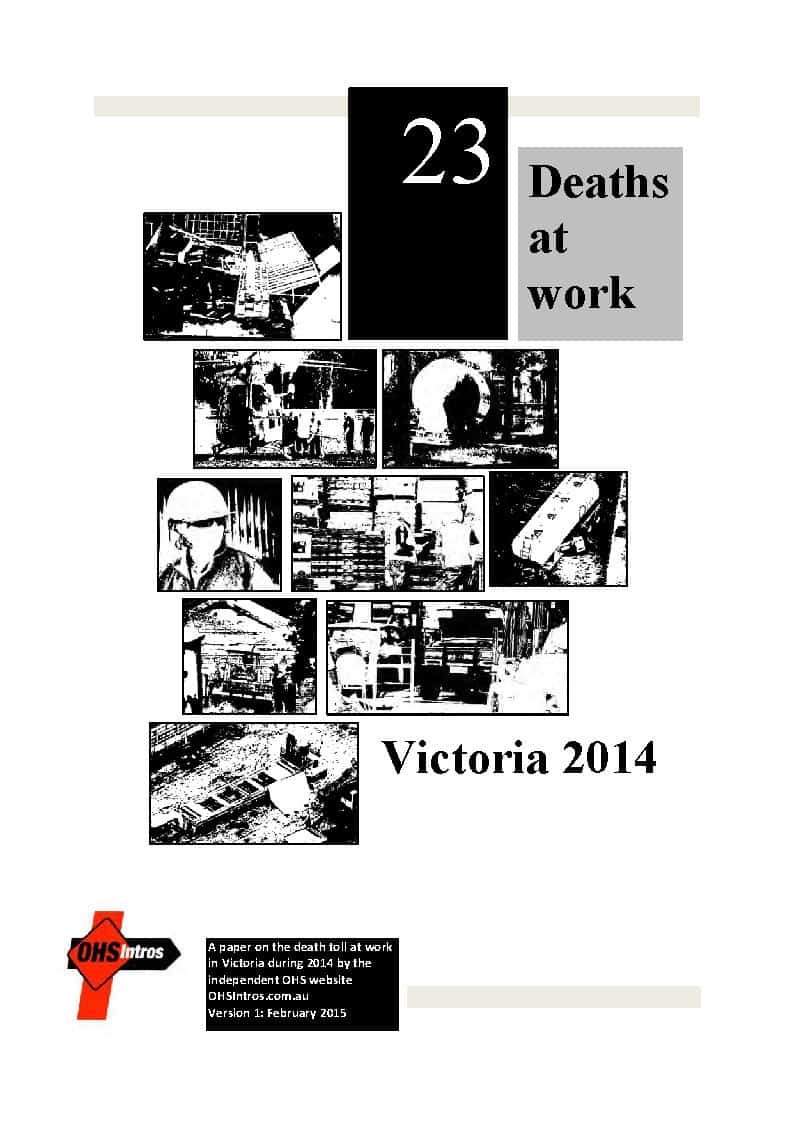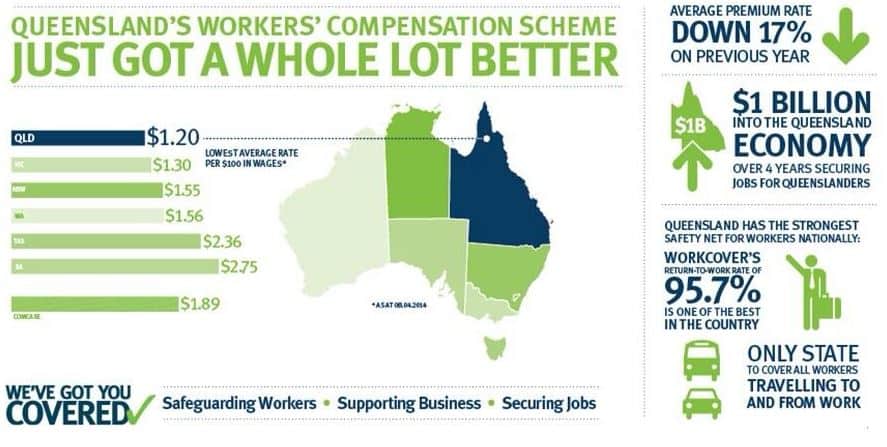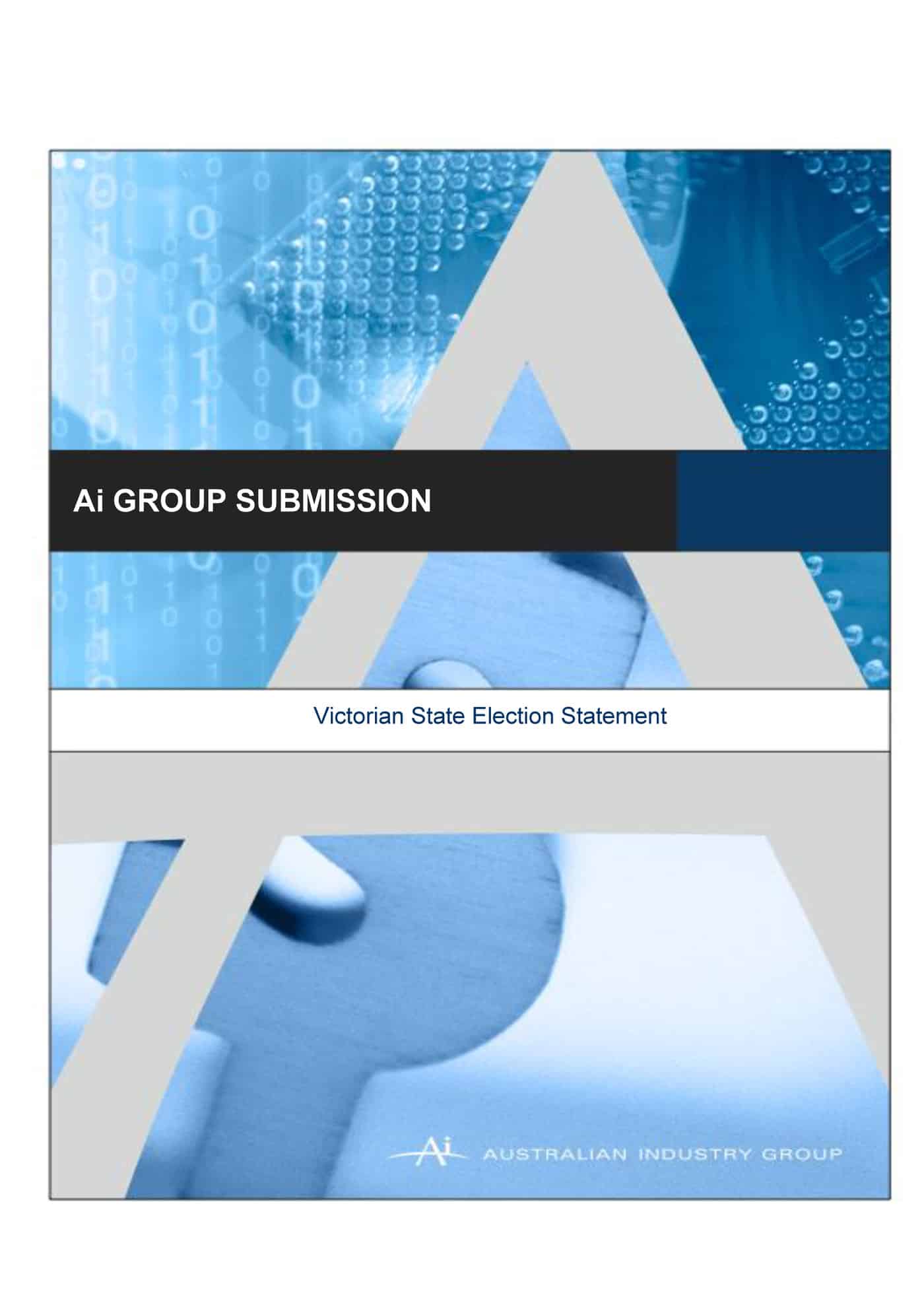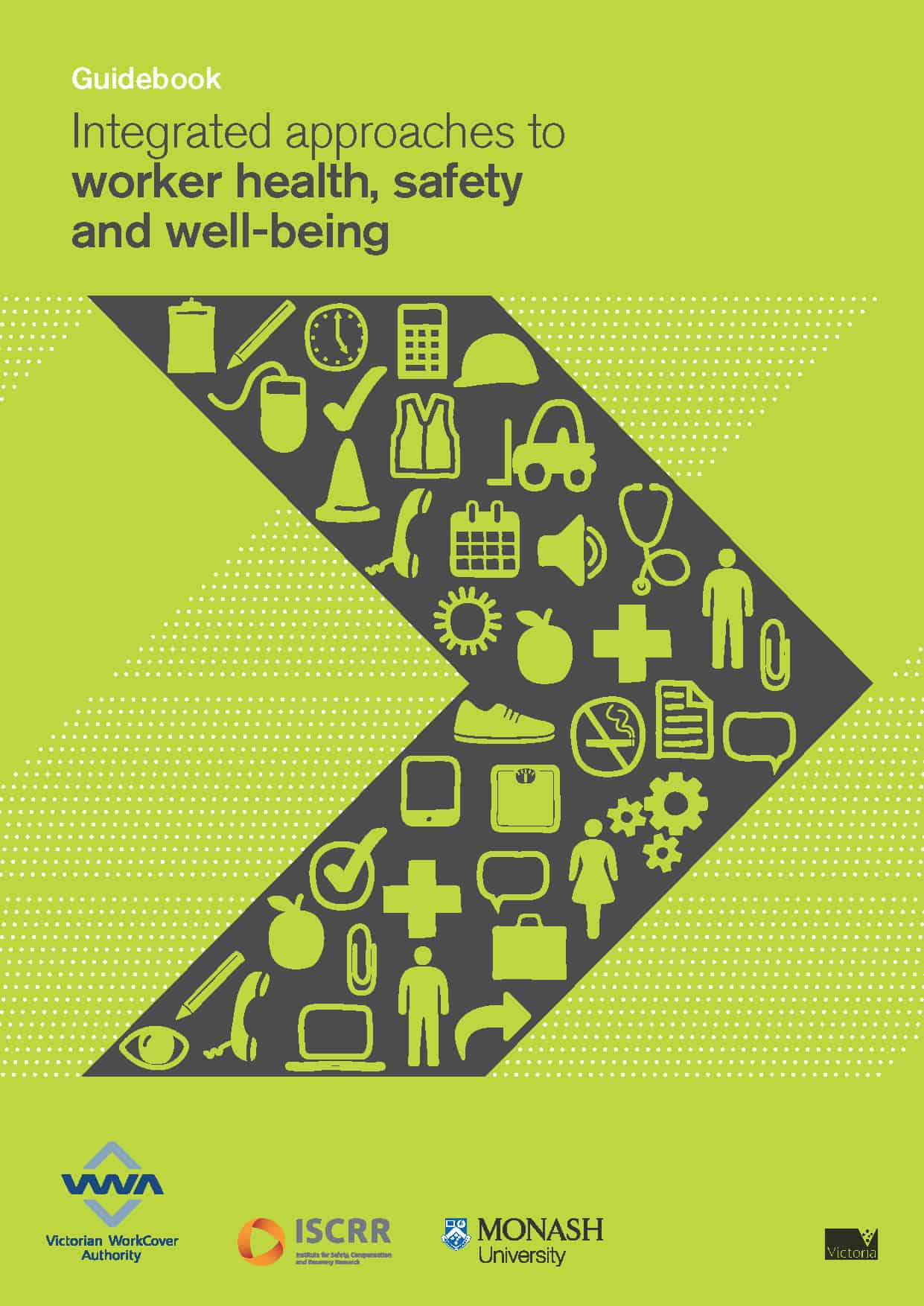
One of the attractions of Naismith’s analyses is that he considers the broader context to the data. His first report looked at WorkSafe Victoria’s actions and policies in relation to the executive and board complexion. In this report he looks at the frequency of deaths with WorkSafe campaigns and enforcement response.
The analysis may not have the authority of a fully-funded research program from an academic institution but the level of detail he has collected from official sources is impressive, and in the absence of any other analysis, Naismith’s work deserves serious attention.



 Later this month, the Victorian WorkCover Authority (VWA) will be releasing a document entitled “Integrated approaches to worker health, safety and well-being” (pictured right, but not yet available online). It is intended to generate discussion on how to improve workplace safety performance by breaking down the walls of various disciplines, production processes, consultative silos and institutional or organisational biases. This document builds on the overseas experience of the
Later this month, the Victorian WorkCover Authority (VWA) will be releasing a document entitled “Integrated approaches to worker health, safety and well-being” (pictured right, but not yet available online). It is intended to generate discussion on how to improve workplace safety performance by breaking down the walls of various disciplines, production processes, consultative silos and institutional or organisational biases. This document builds on the overseas experience of the